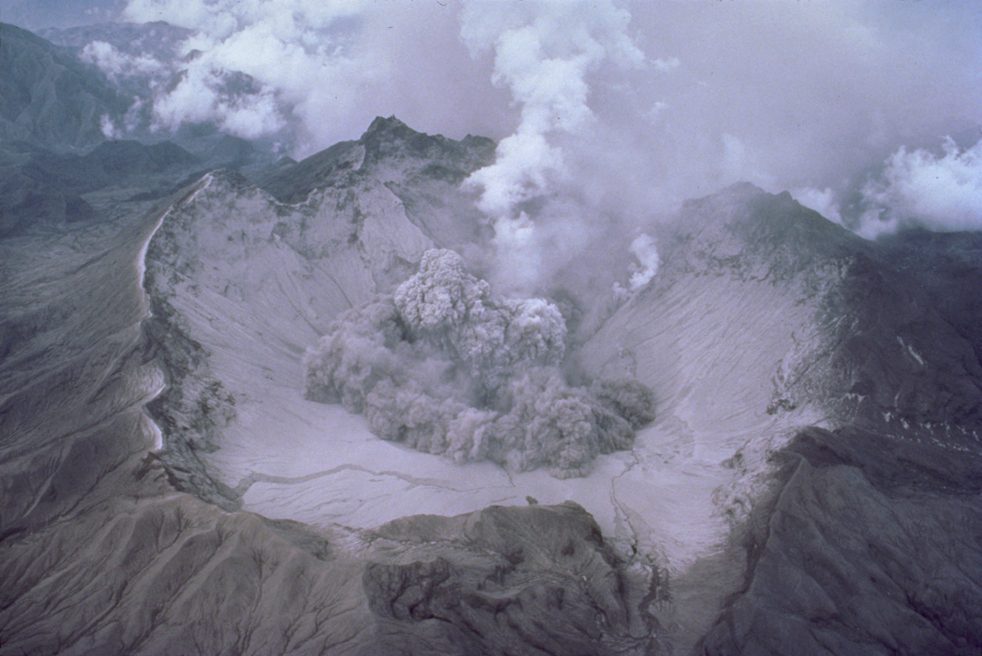SUMMARY
This is AI generated summarization, which may have errors. For context, always refer to the full article.

MANILA, Philippines – The 1991 explosion of Mount Pinatubo in Zambales slowed down the gradual rise in sea levels due to global warming – and its effects are now waning, scientists said in a study.
Back in 1993, scientists started using satellites to observe sea level rise, and data showed that on average the seas have been rising by around 3 millimeters a year.
However, in a study published in Nature Scientific Reports, it seems the rate of sea level rise is about to speed up – deviating from the predicted rise based on previous years’ data.
The culprit, it seems, is the massive 1991 eruption of Pinatubo, scientists say.
According to the study, the geological event “caused sea levels to drop and effectively distorted calculations of sea level rise in subsequent decades,” according to the US National Science Foundation (NSF) in a press release on August 10.
The massive amounts of aerosols and dust ejected into the atmosphere due to the explosion – the 20th century’s second largest volcanic eruption – blocked the amount of sunlight that entered the Earth’s atmosphere and caused a temporary cooling of the planet, which in turn affected the rate of ice melting and sea level rise.
And because the satellite readings only started in 1993, Pinatubo’s effects on sea level rise were still significant.
The researchers first took a look at sea level records before the Pinatubo eruption, which were mainly gathered using tide gauges – which were less precise than satellite data.
Then, based on the data, they ran computer simulations of how the sea level rise would have happened with and without the effects of Pinatubo’s volcanic aerosols.
“Analyzing the simulations, the research team found that Pinatubo’s eruption caused the oceans to cool and sea levels to drop by about 6 millimeters,” the NSF explained.
And as the years passed, the aerosols from the volcano dissipated – thus allowing for warming, and in turn, sea level rise, to return to its pre-Pinatubo levels.
“When we used climate model runs designed to remove the effect of the Pinatubo eruption, we saw the rate of sea level rise accelerating in our simulations,” said study lead John Fasullo of the National Center for Atmospheric Research (NCAR).
Because of this, sea level rise would be “drastically” different from what we thought we know, with the scientists warning that the speeding up of the change in sea levels could soon be evident in the satellite data in the coming years.
“Sea level rise is potentially one of the most damaging effects of climate change, so it’s critical that we understand how quickly it will rise in the future,” said Fasullo.
Scientists hope that the newly-launched Jason-3 satellite will help in getting a more accurate picture of sea level rise post-Pinatubo. – Rappler.com
Add a comment
How does this make you feel?
There are no comments yet. Add your comment to start the conversation.